#afro cuban
Text
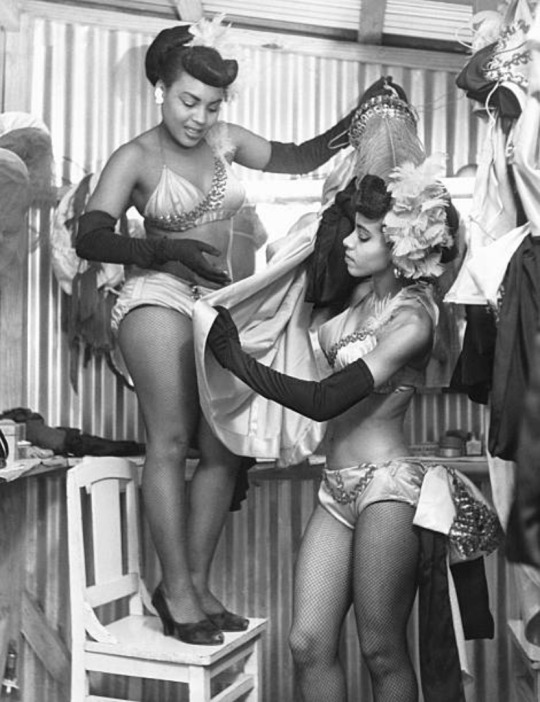
Afro-Cuban dancers at the Club Montmartre in Havana, Cuba, 1940s 😍🤎😍🤎😍
#dancers#1940s style#1940s fashion#1940s women#1940s vintage#1940s#40s style#40s fashion#40s pinup#40s#decade: 1940s#vintage style#vintage fashion#vintage women#vintage beauties#vintage black women#black women#black woman beauty#black woman magic#black beauties#black girl beauty#black girl magic#black pinup#black pin up#black and beautiful#afro latina#afro cuban#black women beauty#black women are beautiful#cuban girls
17 notes
·
View notes
Text
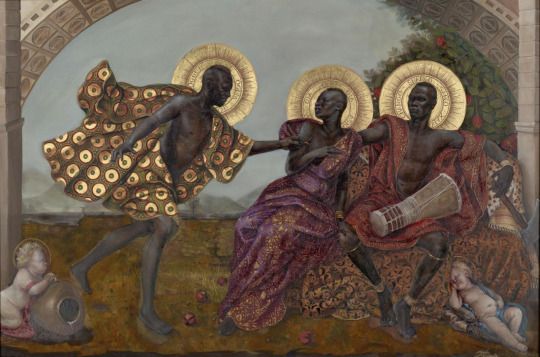
Oya’s Betrayal
Oya’s Betrayal tells a Yoruba tale, a patakí, about a relationship between orishas Ogun, Oya, and Shango in a Renaissance style. Harmonia Rosales was inspired by artistic depictions of the Roman myth of Vulcan, Venus, and Mars.
Harmonia Rosales
178 notes
·
View notes
Text
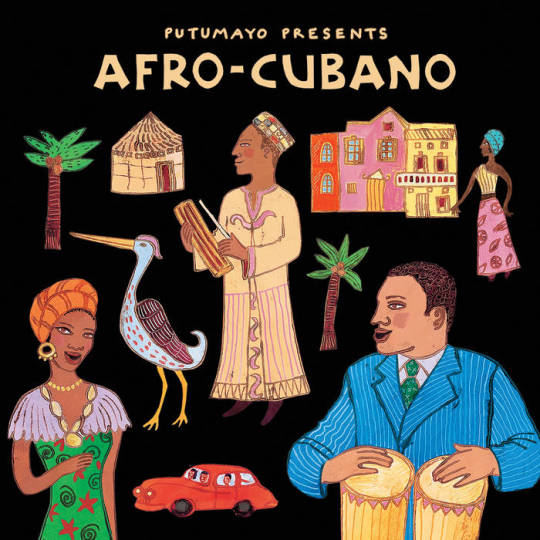
Music of African heritage in Cuba derives from the musical traditions of the many ethnic groups from different parts of West and Central Africa that were brought to Cuba as slaves between the 16th and 19th centuries. Members of some of these groups formed their own ethnic associations or cabildos, in which cultural traditions were conserved, including musical ones. Music of African heritage, along with considerable Iberian (Spanish) musical elements, forms the fulcrum of Cuban music.
Much of this music is associated with traditional African religion – Lucumi, Palo, and others – and preserves the languages formerly used in the African homelands. The music is passed on by oral tradition and is often performed in private gatherings difficult for outsiders to access. Lacking melodic instruments, the music instead features polyrhythmic percussion, voice (call-and-response), and dance. As with other musically renowned New World nations such as the United States, Brazil and Jamaica, Cuban music represents a profound African musical heritage.

Clearly, the origin of African groups in Cuba is due to the island's long history of slavery. Compared to the USA, slavery started in Cuba much earlier and continued for decades afterwards. Cuba was the last country in the Americas to abolish the importation of slaves, and the second last to free the slaves. In 1807 the British Parliament outlawed slavery, and from then on the British Navy acted to intercept Portuguese and Spanish slave ships. By 1860 the trade with Cuba was almost extinguished; the last slave ship to Cuba was in 1873. The abolition of slavery was announced by the Spanish Crown in 1880, and put into effect in 1886. Two years later, Brazil abolished slavery.
Although the exact number of slaves from each African culture will never be known, most came from one of these groups, which are listed in rough order of their cultural impact in Cuba:
The Congolese from the Congo Basin and SW Africa. Many ethnic groups were involved, all called Congos in Cuba. Their religion is called Palo. Probably the most numerous group, with a huge influence on Cuban music.
The Oyó or Yoruba from modern Nigeria, known in Cuba as Lucumí. Their religion is known as Regla de Ocha (roughly, 'the way of the spirits') and its syncretic version is known as Santería. Culturally of great significance.
The Kalabars from the Southeastern part of Nigeria and also in some part of Cameroon, whom were taken from the Bight of Biafra. These sub Igbo and Ijaw groups are known in Cuba as Carabali,and their religious organization as Abakuá. The street name for them in Cuba was Ñáñigos.
The Dahomey, from Benin. They were the Fon, known as Arará in Cuba. The Dahomeys were a powerful group who practised human sacrifice and slavery long before Europeans arrived, and allegedly even more so during the Atlantic slave trade.
Haiti immigrants to Cuba arrived at various times up to the present day. Leaving aside the French, who also came, the Africans from Haiti were a mixture of groups who usually spoke creolized French: and religion was known as vodú.
From part of modern Liberia and Côte d'Ivoire came the Gangá.
Senegambian people (Senegal, the Gambia), but including many brought from Sudan by the Arab slavers, were known by a catch-all word: Mandinga. The famous musical phrase Kikiribu Mandinga! refers to them.
Subsequent organization
The roots of most Afro-Cuban musical forms lie in the cabildos, self-organized social clubs for the African slaves, and separate cabildos for separate cultures. The cabildos were formed mainly from four groups: the Yoruba (the Lucumi in Cuba); the Congolese (Palo in Cuba); Dahomey (the Fon or Arará). Other cultures were undoubtedly present, more even than listed above, but in smaller numbers, and they did not leave such a distinctive presence.
Cabildos preserved African cultural traditions, even after the abolition of slavery in 1886. At the same time, African religions were transmitted from generation to generation throughout Cuba, Haiti, other islands and Brazil. These religions, which had a similar but not identical structure, were known as Lucumi or Regla de Ocha if they derived from the Yoruba, Palo from Central Africa, Vodú from Haiti, and so on. The term Santería was first introduced to account for the way African spirits were joined to Catholic saints, especially by people who were both baptized and initiated, and so were genuine members of both groups. Outsiders picked up the word and have tended to use it somewhat indiscriminately. It has become a kind of catch-all word, rather like salsa in music.
The ñáñigos in Cuba or Carabali in their secret Abakuá societies, were one of the most terrifying groups; even other blacks were afraid of them:
Girl, don't tell me about the ñáñigos! They were bad. The carabali was evil down to his guts. And the ñáñigos from back in the day when I was a chick, weren't like the ones today... they kept their secret, like in Africa.
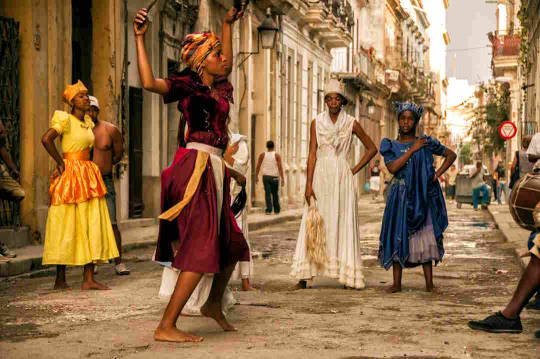
African sacred music in Cuba
All these African cultures had musical traditions, which survive erratically to the present day, not always in detail, but in the general style. The best preserved are the African polytheistic religions, where, in Cuba at least, the instruments, the language, the chants, the dances and their interpretations are quite well preserved. In few or no other American countries are the religious ceremonies conducted in the old language(s) of Africa, as they are at least in Lucumí ceremonies, though of course, back in Africa the language has moved on. What unifies all genuine forms of African music is the unity of polyrhythmic percussion, voice (call-and-response) and dance in well-defined social settings, and the absence of melodic instruments of an Arabic or European kind.
Not until after the Second World War do we find detailed printed descriptions or recordings of African sacred music in Cuba. Inside the cults, music, song, dance and ceremony were (and still are) learnt by heart by means of demonstration, including such ceremonial procedures conducted in an African language. The experiences were private to the initiated, until the work of the ethnologist Fernando Ortíz, who devoted a large part of his life to investigating the influence of African culture in Cuba. The first detailed transcription of percussion, song and chants are to be found in his great works.
There are now many recordings offering a selection of pieces in praise of, or prayers to, the orishas. Much of the ceremonial procedures are still hidden from the eyes of outsiders, though some descriptions in words exist.
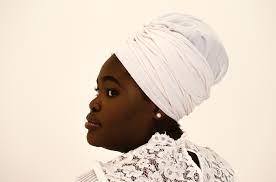
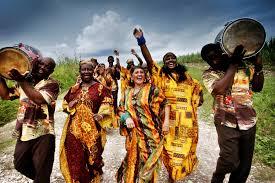
Yoruba and Congolese rituals
Main articles: Yoruba people, Lucumi religion, Kongo people, Palo (religion), and Batá
Religious traditions of African origin have survived in Cuba, and are the basis of ritual music, song and dance quite distinct from the secular music and dance. The religion of Yoruban origin is known as Lucumí or Regla de Ocha; the religion of Congolese origin is known as Palo, as in palos del monte.[11] There are also, in the Oriente region, forms of Haitian ritual together with its own instruments and music.
In Lucumi ceremonies, consecrated batá drums are played at ceremonies, and gourd ensembles called abwe. In the 1950s, a collection of Havana-area batá drummers called Santero helped bring Lucumí styles into mainstream Cuban music, while artists like Mezcla, with the lucumí singer Lázaro Ros, melded the style with other forms, including zouk.
The Congo cabildo uses yuka drums, as well as gallos (a form of song contest), makuta and mani dances. The latter is related to the Brazilian martial dance capoeira
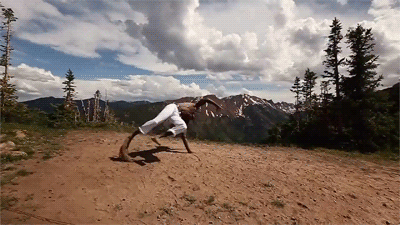
#african#afrakan#kemetic dreams#africans#brownskin#brown skin#afrakans#african culture#fitness#afrakan spirituality#afro cuban music#afro cuban#igbo#yoruba#congo#african music
121 notes
·
View notes
Text

Chelo Alonso
7 notes
·
View notes
Text
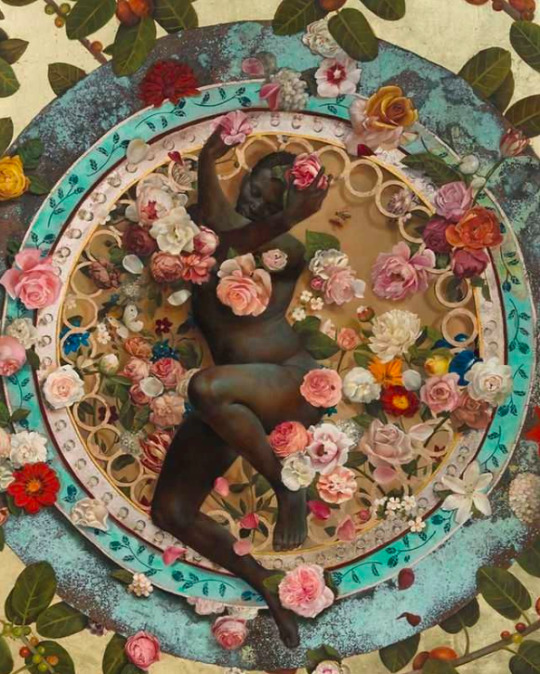
Harmonia Rosales, b.1984
Afro-Cuban American
Ori, 2022,
Oil and linen on wood panel,
48” x 36”
Follow @honeiee
www.harmoniarosales.art
Rosales works mostly as a classical painter depicting women and people of color assuming roles of power and beauty in exquisite imaginings of ancient myths, Afro-Cuban culture, and Renaissance paintings. Her artistic style are detailed renderings involving oil paint, raw linens, gold leaf, and wood panels. Since 2017, her work has used iron oxide to portray not only African soil but the decay in African history in America, a choice she intended to amplify the question “Why? Why have we accepted Eurocentric perceptions of beauty and historical narratives for so long?” via Wikipedia
#HarmoniaRosales#PalianSHOW#womensart#artbywomen#artherstory#blackHerstory#Blackwomen#afrocuban#afrocubanart#BlackHerStoryArt#ContemporaryPaintings
7 notes
·
View notes
Text

4 notes
·
View notes
Text

Mambo trio. 🎹🎻🥁🎺🪘(mixed media collage)🎵
#descarga#salsa#salsa dancing#salsa music#mambo#maracas#clarinet#trumpet#jazz trumpet#jazz dance#jazz trio#jazz music#jazz club#jazz#latin jazz#afro cuban#latin music#drummer#double bass#bassi#jazz art#harlem renaissance#jazz age#jazz fusion#jam session#cotton club#apollo theater#cuban music#cuban history#jazzlovers
33 notes
·
View notes
Text

Welp.
#enrique tarrio#january 6#sedition#seditious conspiracy#traitor#he lost#afro cuban#white power#magats#proud boys#22 years#prison sentence
12 notes
·
View notes
Text

A revolutionist to the end, who inspired those that succeeded in the end!
🐴🇨🇺🌿
#history#rosa castellanos#cuba#la bayamesa#historical figures#caribbean history#cuban revolution#military#ten years war#field hospitals#cuban history#latina#afro cuban#grl pwr#caribbean#latin america#black history#girl power#revolutionist#historical women#black excellence#strong women#women empowerment#womens history#afro latina#role model#1800s#early 1900s#nickys facts
5 notes
·
View notes
Photo

Director Federico Fellini, Cuban singer Wanani and composter Nino Rota recording the theme song for Juliet of the Spirits, Rome, 1965.
#federico fellini#wanani#nino rota#60s style#60s aesthetic#60s fashion#jacket and tie#piano#afro cuban#1960s fashion#60s icons#60s cinema
22 notes
·
View notes
Text
13 notes
·
View notes
Text

Afro-Cuban dancers Havana, Cuba, 1954 🤎😍🤎😍🤎
📸: Eve Arnold
#dancers#couple#havana cuba#afro cuban#cuban#cuban girls#afro latina#1950s style#1950s fashion#1950s women#1950s vintage#1950s#50s style#50s fashion#50s pinup#50s vintage#50s#vintage style#vintage fashion#vintage women#vintage#black woman beauty#black women#black girl magic#black girl beauty#retro photography#retro pinup#black men#black woman#black beauty
100 notes
·
View notes
Photo

Afro Culture (My Culture)
@woobosco
#woods#woodstock#woo#woo life#woo bosco#bosco woo#wonderful#world#black men#afro women#afrocentric#afro#afrofuturism#afrofuturistic#afrofusion#Afro Culture#afro curls#afro caribbean#afro cuban#afro life#black#black people#black panther#black history#black power#blackgirlmagic#black cat#black lives matter#black lives are beautiful#black library
21 notes
·
View notes
Text
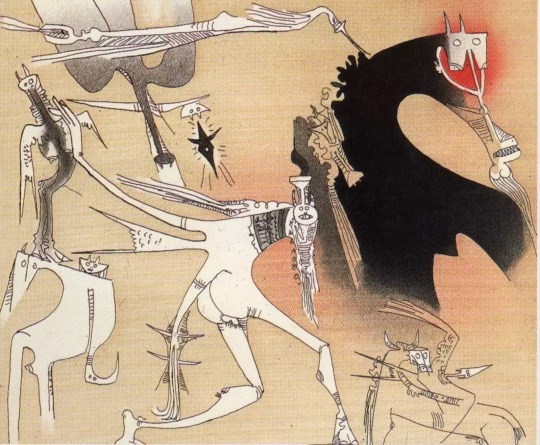
Wifredo Lam
Untitled , plate #3
1977
6 notes
·
View notes
Text
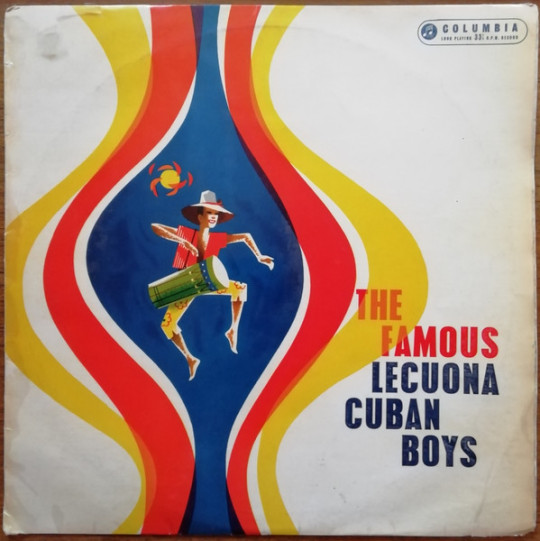
2 notes
·
View notes
